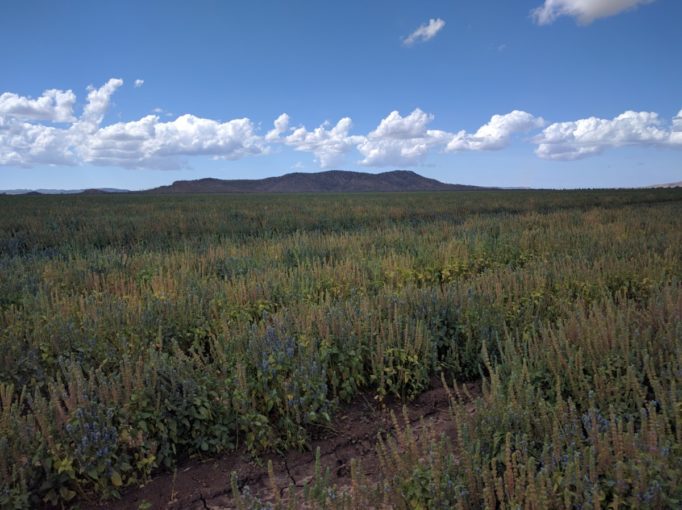If we’re going to sell off the place so we can downsize and all head off to Tassy in a few years, we really need to be nice to our Chinese neighbours.
They’re kindly taking all that rocky red stuff away. The mountains of it up here might make a good picture but that’s about it. So as fast as we can dig it up to put it on our trains to get it to their waiting ships the better. Useless to grow anything on, so they might as well have it. The best part is they’re paying us for it.
Then, get this. You know all that waste land up north here. Useless for growing our wheat and barley crops on. It either buckets down with rain one half the year, or the rest of the year it’s as dry as a bone. Stinkin’ hot it gets up here too. Really, who’d want to work in that sort of climate anyway.
Well. We clearly saw them coming. The Chinese again. And get this, they’re paying us again. Yep, for a whole bunch of this good for nothing land. Hectares and hectares of the stuff they bought. What a deal. It gets even better though. All they’re doing with it is growing weeds. I know. I had the stuff take over my backyard once. Grows like wildfire it does. You can’t eat it. All you get is seeds by the thousands which just makes more of these weeds. Apparently they reckon the Chinese back home love seeds. Chia, I think this Chinaman told me it was. Never heard of that weed I told him!
Then again whose the smarter one here? Surely we can create more value than just being a quarry? Why can’t we produce the steel and sell that?
Taking a more serious view on the Chia farm, when it comes to potential agricultural land, if we’re not doing anything with it, why not let foreign investors make use of it. We met with David from the Kimberley Agricultural Investment company. A huge operation 20km out of Kununurra. David drove us around this huge project. Where there wasn’t Chia as far as the eye could see, there were earthmoving machines either preparing dams or creating these vast areas of laser levelled fields to flood irrigate new crops. The land is levelled to within a 10cm tolerance where the water drains off into channels to be pumped into the recycled water dams.
Then containers of the harvested seed are sent across Australia down to Bordertown in South Australia where it’s graded before being shipped to China from Port Adelaide.
This Chinese company is developing the second stage of the Ord Irrigation Scheme in WA’s Kimberley region. Their ultimate aim is to grow sugar. The bottom line is it is making productive use of the land, developing farming skills, creating local employment and inevitability service business opportunities.
Thanks David for the very informative tour.






